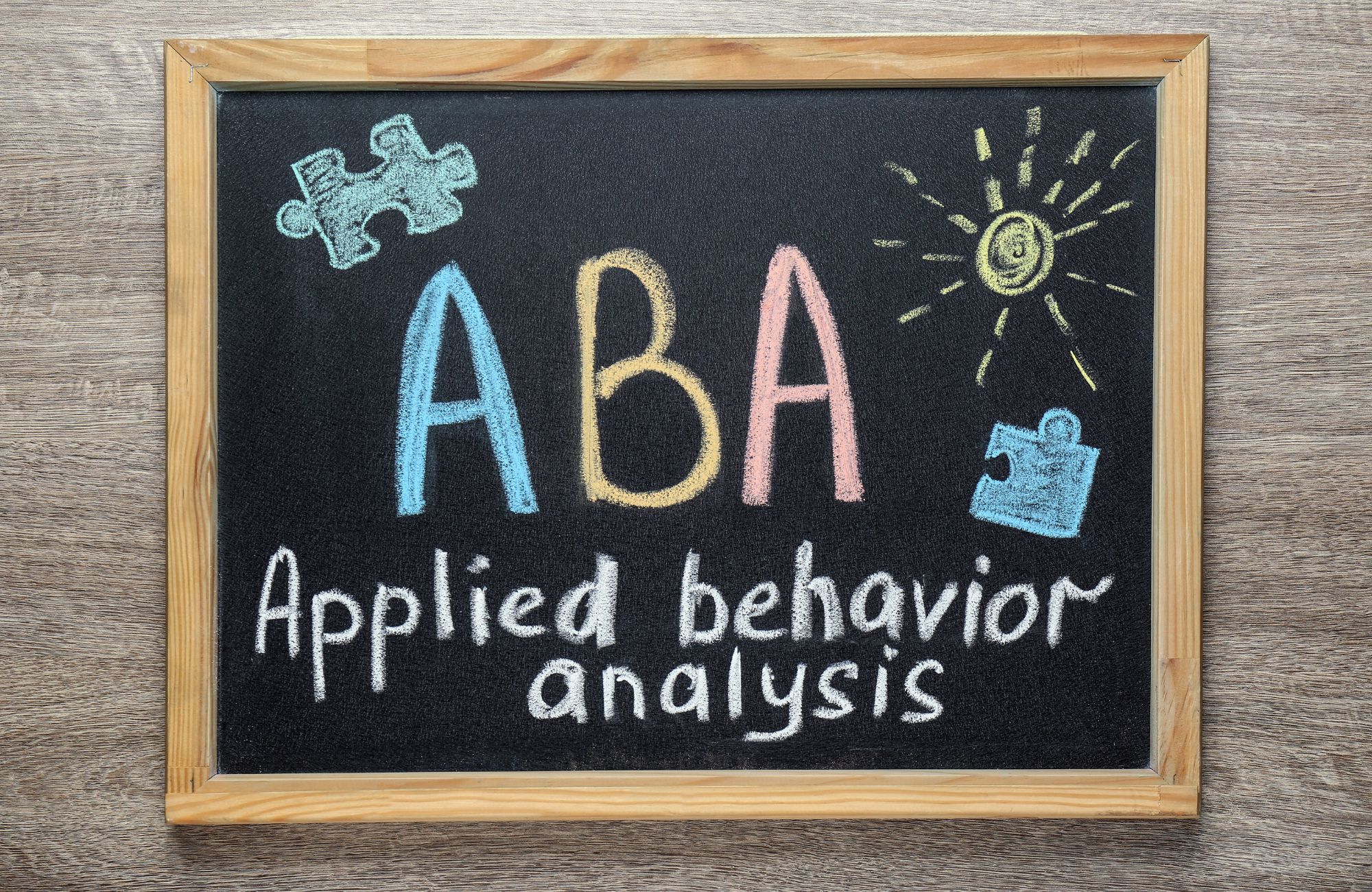Understanding Low Functioning Autism: Insights and Support
Understanding Autism Spectrum Disorder
Autism Spectrum Disorder (ASD) is a neurodevelopmental condition that affects how a person interacts, communicates, and experiences the world. While every autistic individual is unique, the spectrum includes a wide range of abilities and challenges. Some may live independently with minimal support, while others require extensive assistance across various aspects of daily life.
The Diagnostic and Statistical Manual of Mental Disorders (DSM-5), published by the American Psychiatric Association, classifies autism into three levels based on the level of support needed. Individuals with Level 3 autism, often referred to as “low functioning autism,” require the most substantial support due to significant challenges in social communication and restricted repetitive behaviors. In contrast, those with high-functioning autism typically manage many tasks independently and can communicate verbally, though they may still face challenges in social skills and sensory issues.
Recognizing where someone falls on the spectrum can help caregivers, educators, and clinicians develop appropriate support strategies tailored to that individual’s needs.
Autism Spectrum and Severity Levels
The autism spectrum is a complex and heterogeneous condition, encompassing a range of severity levels and symptoms. The Diagnostic and Statistical Manual of Mental Disorders (DSM-5) categorizes autism into three levels of severity, based on the level of support required for daily functioning.
- Level 1: Requiring support – Individuals with Level 1 autism may need some support in daily life, but they are generally able to communicate and interact with others effectively.
- Level 2: Requiring substantial support – Individuals with Level 2 autism may need significant support in daily life, with noticeable difficulties in social communication and restricted/repetitive behaviors.
- Level 3: Requiring very substantial support – Individuals with Level 3 autism, also known as low-functioning autism, require extensive support in daily life, with severe difficulties in social communication and restricted/repetitive behaviors.
Understanding the autism spectrum and its severity levels is essential for providing appropriate support and interventions for individuals with autism. By recognizing the specific needs at each level, caregivers and professionals can tailor their approaches to ensure the best possible outcomes.
Recognizing Autism Symptoms
Children diagnosed with low-functioning autism, particularly autistic children, often show symptoms in early childhood, sometimes as early as 12 to 18 months. These signs can vary in intensity but typically reflect noticeable difficulties with communication, behavior, and daily functioning.
Some of the most common low-functioning autism symptoms include:
- Limited social interaction: Difficulty engaging with peers, avoiding eye contact, and limited interest in social activities.
- Severe communication challenges: Delayed speech, limited verbal abilities, or complete absence of spoken language.
- Repetitive behaviors: Repeated movements like hand-flapping or rocking, and rigid adherence to routines.
- Sensory sensitivities: Over- or under-sensitivity to lights, sounds, textures, or smells.
- Challenging behaviors: Self-injury, aggression, or tantrums due to frustration or inability to communicate.
It is also common for these individuals to experience co-occurring conditions such as intellectual disability, fragile X syndrome, or epilepsy, which can further complicate development and behavior.
Repetitive Behaviors and Restricted Interests
Repetitive behaviors and restricted interests are core symptoms of autism spectrum disorder. These behaviors can manifest in various ways, including:
- Hand flapping or other self-soothing behaviors
- Repetitive movements, such as rocking or pacing
- Insistence on sameness and routine
- Restricted interests, such as a strong focus on a particular topic or activity
- Sensory seeking or avoidance behaviors
These behaviors can serve as a way for individuals with autism to regulate their sensory experiences and find comfort in a chaotic world. However, they can also interfere with daily functioning and social interactions. Understanding these behaviors and their underlying causes can help caregivers and professionals develop strategies to manage them effectively.
Autism Diagnosis and Assessment
Autism diagnosis is a comprehensive process that often begins with observations by parents or pediatricians during early childhood. Early intervention is crucial for improving long-term outcomes, and an early diagnosis can help families access the appropriate therapies and support systems.
The DSM-5 outlines diagnostic criteria that include persistent deficits in social communication, restricted interests, and repetitive behaviors that begin in early development. However, because symptoms can vary widely, diagnosis typically involves a multi-disciplinary team. This team may include:
- Pediatricians
- Child psychologists or psychiatrists
- Speech and language therapists
- Occupational therapists
Evaluations often include developmental screenings, cognitive assessments, and interviews with caregivers. The process may also screen for other developmental disorders or childhood psychiatric conditions, such as childhood schizophrenia or adolescent psychiatric concerns, to ensure a thorough understanding of the child’s diagnosis.
Communication Challenges and Strategies
For children with low-functioning autism, communication difficulties are among the most significant challenges. Many are nonverbal or have limited verbal abilities, making it hard for them to express their needs or emotions.
Some individuals with severe autism may not use words at all, instead relying on behaviors, gestures, or vocalizations. This lack of verbal communication can lead to frustration, tantrums, or self-injury. Fortunately, several strategies and tools can help improve communication and reduce these challenges.
- Augmentative and Alternative Communication (AAC): Devices or tools like speech-generating tablets or apps can help nonverbal children communicate.
- Picture Exchange Communication System (PECS): This allows children to use pictures to make requests or express ideas.
- Speech therapy: A speech-language pathologist can develop personalized strategies to help improve both verbal and nonverbal communication skills.
- Social skills training: Programs that focus on teaching children how to understand nonverbal cues like facial expressions and body language can improve social interaction.
The goal of these tools is not just to develop speech but to help children connect and engage meaningfully with others.
Therapies and Interventions
Children with low-functioning autism benefit greatly from consistent, individualized therapies that focus on their specific developmental needs. These therapies can support skill acquisition, reduce harmful behaviors, and improve daily functioning.
- Applied Behavior Analysis (ABA): One of the most widely used interventions, ABA uses positive reinforcement to teach social, communication, and learning skills.
- Occupational therapy: Helps children build essential life skills such as grooming, dressing, feeding, and motor coordination.
- Sensory integration therapy: Targets sensory sensitivities by helping children adapt to sensory stimuli in a structured, controlled environment.
- Speech therapy: Enhances verbal and non-verbal communication, even for non-speaking individuals, through personalized language programs.
Each child may require a unique combination of these therapies depending on their challenges. Some may attend special education programs or adolescent psychiatry clinics that offer integrated care and structured routines.
Supporting Individuals with Low Functioning Autism
Support for low-functioning autistic children must be holistic and involve both professional intervention and daily familial care. These children often face unique challenges with daily routines, personal hygiene, and adapting to changes in their environment.
Families play a critical role in providing emotional and physical support. Many caregivers find it beneficial to:
- Establish routines: Consistency can help reduce anxiety and manage challenging behaviors.
- Use visual schedules or social stories: These tools help children understand what to expect and can ease transitions.
- Break down tasks into steps: Teaching one skill at a time supports learning and builds confidence.
Additionally, building a strong support system can make a significant difference. This includes connecting with:
- Support groups and online communities
- Local autism centers
- Parent training programs
Equally important is caregiver well-being. Self-care, respite services, and mental health support can help caregivers manage stress and avoid burnout.
Daily Living Skills and Challenges
Individuals with low-functioning autism often face significant challenges in daily living skills, including:
- Personal hygiene and self-care
- Meal preparation and nutrition
- Household chores and organization
- Time management and scheduling
- Social interactions and relationships
These challenges can be addressed through occupational therapy, speech therapy, and other interventions. By providing support and accommodations, individuals with low-functioning autism can develop the skills necessary for independent living. Tailored interventions can help them build confidence and improve their quality of life.
Comorbid Conditions and Low Functioning Autism
Low-functioning autism often co-occurs with other developmental disorders, such as intellectual disability, Fragile X syndrome, and tuberous sclerosis. These comorbid conditions can impact the severity of autism symptoms and the effectiveness of interventions.
Intellectual disability:
- Individuals with low-functioning autism are more likely to have co-occurring intellectual disability, which can impact cognitive and adaptive functioning.
Fragile X syndrome:
- Fragile X syndrome is a genetic disorder that can cause intellectual disability, autism, and other developmental delays.
Tuberous sclerosis:
- Tuberous sclerosis is a genetic disorder that can cause autism, intellectual disability, and other developmental delays.
Understanding the comorbid conditions associated with low-functioning autism is essential for providing comprehensive support and interventions. By addressing these additional challenges, caregivers and professionals can create more effective and holistic care plans.
Advocacy and Awareness
Raising awareness about low-functioning autism can reduce stigma and promote more inclusive communities. Many misconceptions persist, such as the belief that autistic individuals lack empathy or cannot improve, which can hinder support and understanding.
Advocacy involves:
- Educating others about the unique challenges and strengths of those on the spectrum
- Supporting inclusive policies in schools, workplaces, and healthcare settings
- Empowering families to speak up for their child’s needs
Numerous organizations like the National Institute of Mental Health, the World Health Organization, and the Centers for Disease Control and Prevention offer resources and information. Families can also find support through nonprofit groups, online forums, and educational programs.
Daily Life with Low Functioning Autism: What It Can Look Like
Understanding daily life for a child with low-functioning autism helps caregivers, educators, and therapists create more supportive environments. While every child is different, routines often revolve around structured activities and specialized care.
A typical day might start with help getting dressed, eating breakfast with limited food choices due to sensory sensitivities, and preparing for therapy sessions. Transitions between tasks can trigger meltdowns or anxiety, especially when routines are disrupted. During the day, children may attend special education programs, occupational therapy, or receive in-home ABA sessions. Caregivers often use visual schedules, timers, and repetitive instructions to help the child complete basic tasks like brushing teeth or using the bathroom.
Evenings are often centered around calming activities and coping with sensory overstimulation from the day. For caregivers, this lifestyle requires patience, organization, and constant emotional support.
Transitioning into Adulthood with Severe Autism
As children with low-functioning autism grow into adolescence and adulthood, their needs evolve, but the support required typically increases. Many individuals continue to rely heavily on family members or care providers for everyday activities, supervision, and emotional regulation.
Transition planning should begin during early adolescence and may involve:
- Life skills training (e.g., hygiene, simple chores, communication)
- Vocational assessments for structured or supported employment
- Exploring adult day programs or group homes
- Legal planning for guardianship or financial management
Adult services are often less available than pediatric options, which makes long-term planning essential. Involving social workers, behavioral analysts, and transition counselors can help families navigate options that align with the individual’s abilities and goals.
Key Statistics on Low-Functioning Autism
Including real data can help contextualize the scale and impact of low-functioning autism:
- According to the CDC, about 1 in 36 children in the U.S. has been diagnosed with autism spectrum disorder (ASD).
- Roughly 31% of autistic children have an intellectual disability, which often overlaps with low-functioning autism characteristics. (Source: CDC, 2023)
- Most diagnoses occur by age 3 to 5, but symptoms can emerge as early as 18 months.
These figures highlight the importance of early intervention, access to specialized care, and family-centered support systems.
Why the Term “Low Functioning Autism” Is Controversial
The phrase “low-functioning autism” is still widely used in public discussions and online searches, but many in the autism community and clinical field advocate against it.
Critics argue that the term:
- Oversimplifies the complex abilities of individuals (e.g., someone may be nonverbal but highly intelligent)
- Focuses on deficits instead of strengths or potential
- Contributes to stigma by labeling people as incapable
Instead, clinicians now refer to Level 3 ASD (as defined by the DSM-5), which indicates individuals who require “very substantial support.” This more precise language focuses on support needs rather than assigning a rigid label.
Conclusion
Low-functioning autism presents significant challenges, but with appropriate support, therapies, and understanding, children and their families can lead fulfilling lives. By recognizing symptoms early, pursuing individualized interventions, and fostering inclusive communities, we create a more supportive world for every individual on the autism spectrum.
At Affinity ABC, we understand the unique challenges that come with low-functioning autism. Our team is dedicated to providing personalized, evidence-based therapies that support your child’s development, communication, and daily living skills. Whether you’re navigating a recent diagnosis or exploring long-term care options, we’re here to guide you every step of the way. Contact us today to learn how Affinity ABC can help your child thrive with the right support.
FAQs
What is low-functioning autism?
Low-functioning autism typically refers to individuals with Level 3 Autism Spectrum Disorder, as defined by the DSM-5. These individuals require substantial support due to challenges in social communication, behavior, and daily functioning. The term is considered outdated by some experts but is still widely used to describe those with the most severe symptoms.
What is an example of low-functioning autism?
An example might be a nonverbal child who has difficulty communicating needs, displays repetitive behaviors like rocking or hand-flapping, and shows intense reactions to changes in routine. They may also experience intellectual disability and require round-the-clock care and therapy support.
Can a child with level 1 autism live independently?
Yes, children diagnosed with Level 1 autism, often referred to as high functioning, typically have mild symptoms and may grow up to live independently with minimal support. However, they may still need help with social skills, job training, or managing anxiety depending on their individual needs.
What is the lowest form of autism called?
The term “lowest form of autism” is not a clinical classification but often refers to Level 3 Autism Spectrum Disorder. This level is characterized by severe symptoms that require substantial support. Professionals recommend using the DSM-5 levels or more specific language to describe support needs rather than labels like “low” or “high” functioning.









